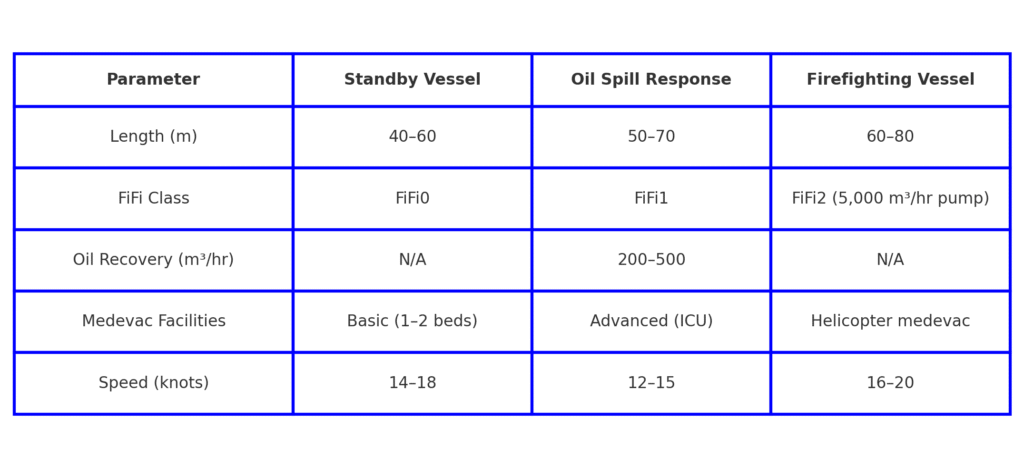Offshore Support Vessels (OSVs)
OSV Overview & Key Characteristics
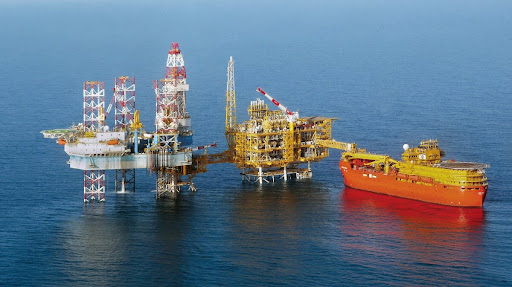
Definition
Specialized vessels supporting offshore oil/gas operations (cargo, crew, anchor handling).
Core Features:
- Dynamic Positioning (DP-2/DP-3) for station-keeping.
- Deck Cargo Capacity: 500–4,000 DWT.
- Bollard Pull: 50–400T (AHTS).
- Crew Capacity: 20–100 personnel.
OSV Types & Technical Specifications
1 : OSV Classification by Type
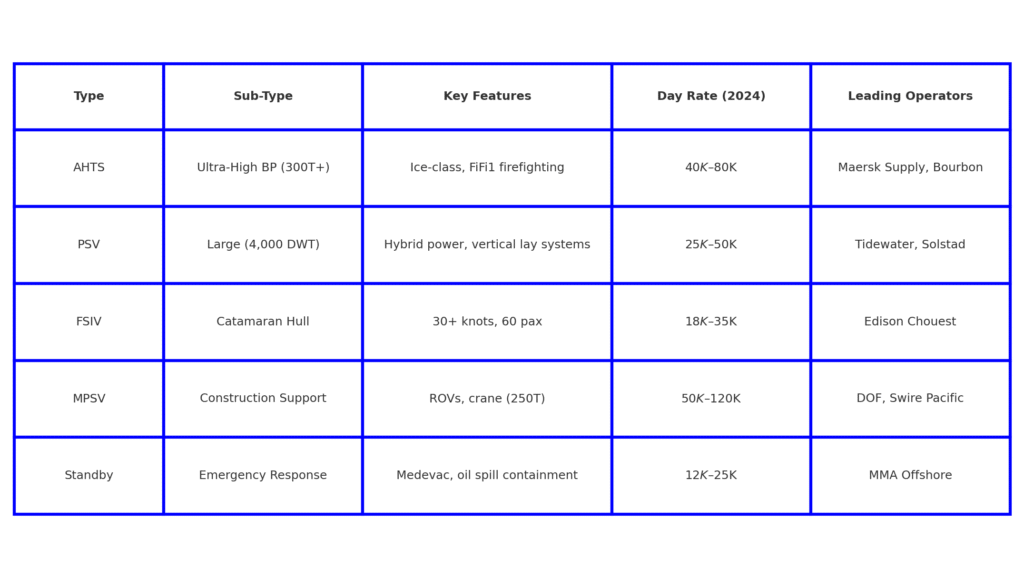
2 : OSV Generations & Capabilities
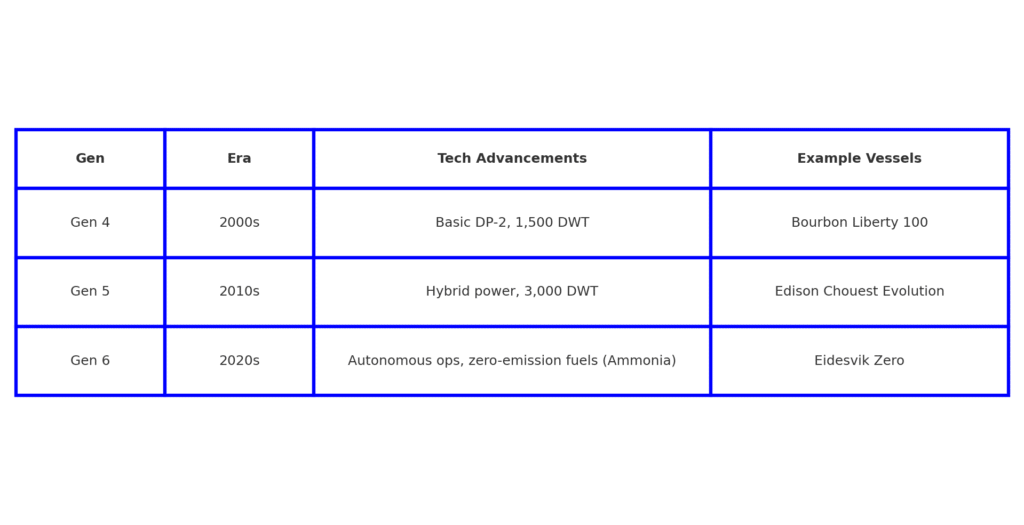
Global OSV Fleet & Market Data
1: Fleet Statistics (2024)
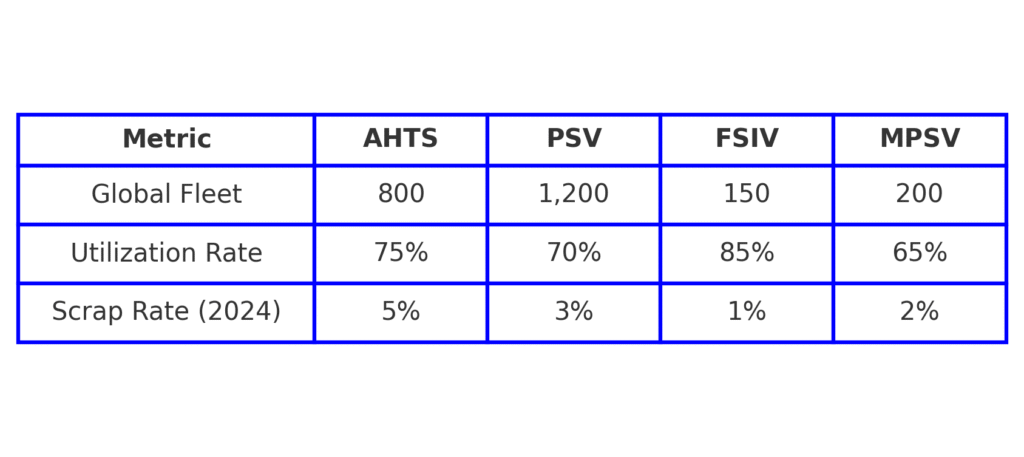
2 : Day Rates by Region (USD)
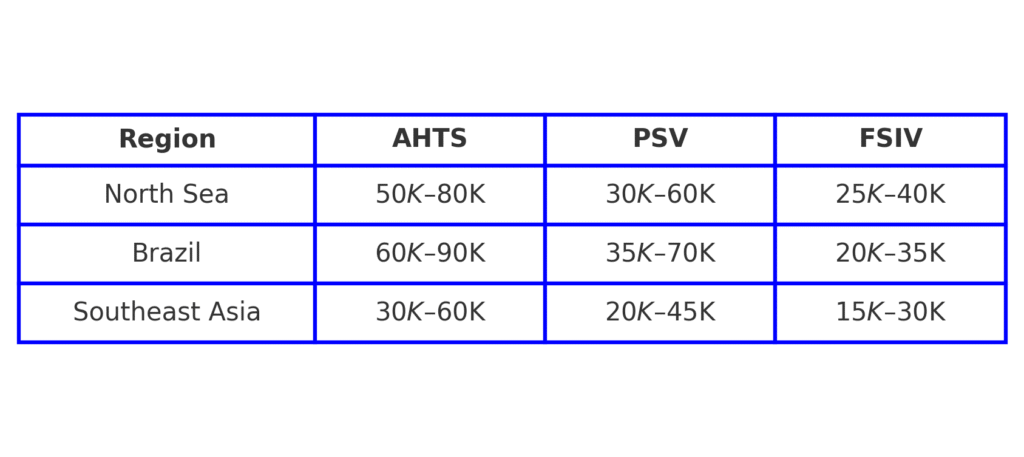
Technology & Sustainability Trends
Innovations in OSVs

Future Outlook (2025–2030)
Market Forecasts:
- Growth Rate: 4% CAGR (oil/gas) + 8% (wind support).
- Newbuild Orders: 150+ vessels (60% hybrid/ammonia).
- Hotspots: Brazil, North Sea, West Africa.
Risks & Challenges:
- Overcapacity: Stacked fleet (200+ OSVs idle).
- Regulations: IMO 2030 emissions targets.
Appendix: OSV Technical Drawings & Schematics
Offshore Support Vessels (OSVs) – Detailed Vessel Specifications
(Technical Data Sheets for Key OSV Types – AHTS, PSV, FSIV, MPSV)
Anchor Handling Tug Supply (AHTS) Vessels
Primary Function: Towing, anchor handling, firefighting, and supply.

Technical Specifications
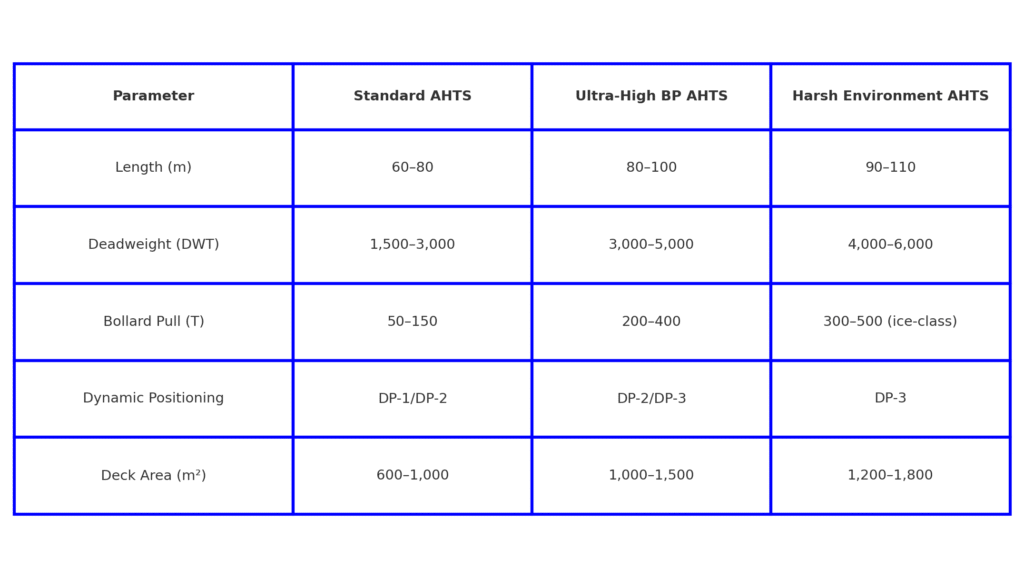
Tank Capacities
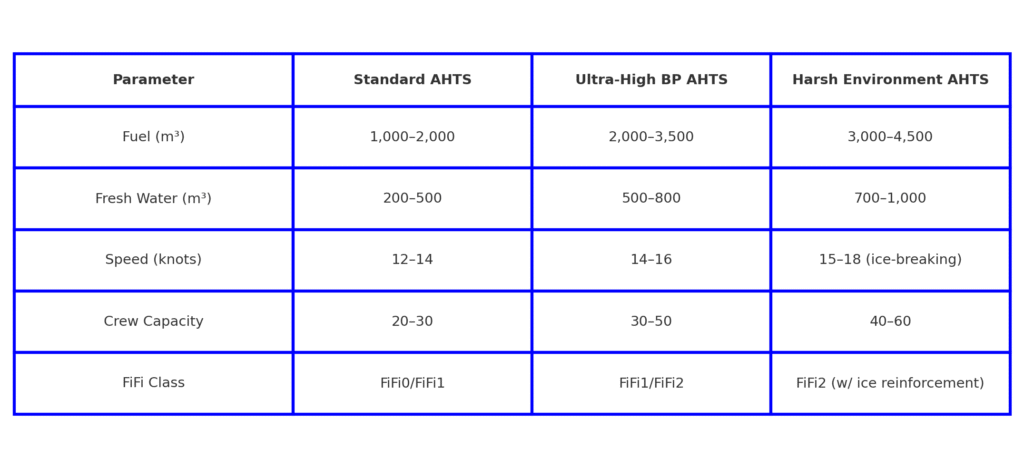
Platform Supply Vessels (PSVs)
Primary Function: Transport cargo (drilling fluids, pipes, chemicals) to offshore platforms.
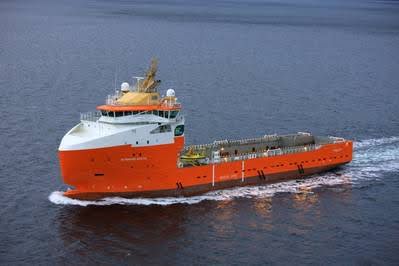
Technical Specifications

Tank Capacities

Fast Supply Intervention Vessels (FSIVs)
Primary Function: Rapid crew transfer and emergency response.
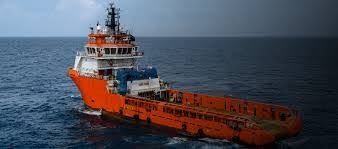
Technical Specifications

Technical Specifications
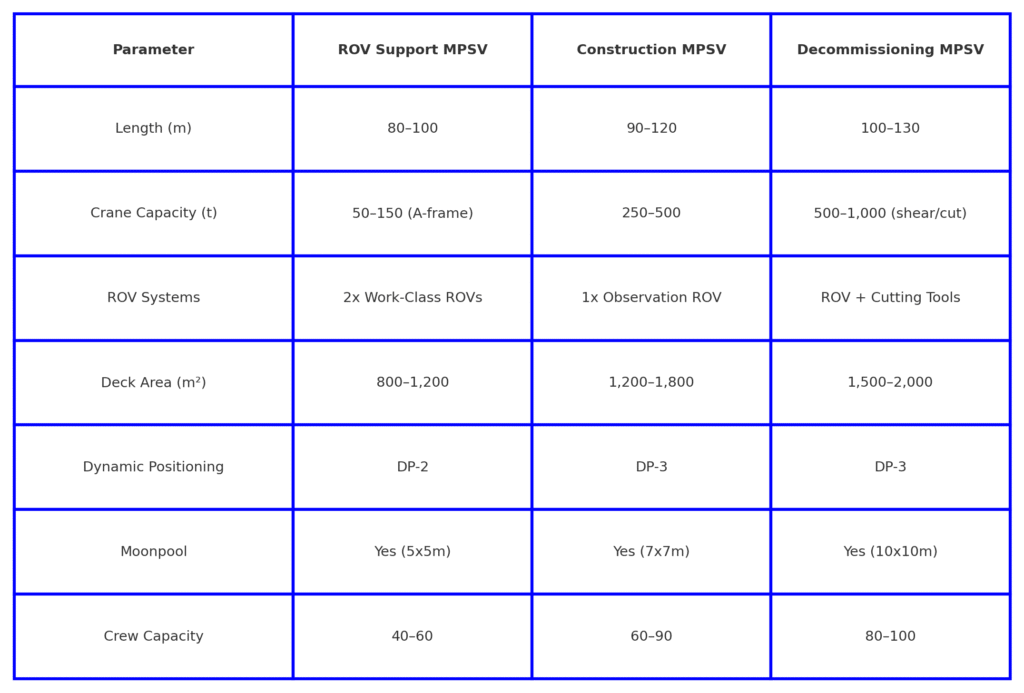
Multipurpose Support Vessels (MPSVs)
Primary Function: Subsea construction, ROV support, and light construction.
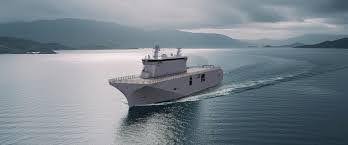
Standby & Emergency Response Vessels
Primary Function: Safety, medevac, and oil spill response.

Technical Specifications
